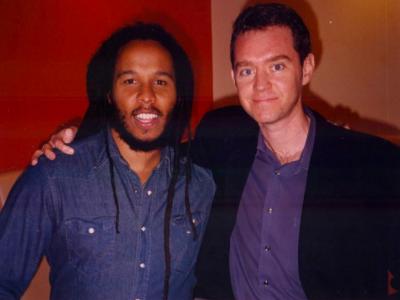Point of View: All Is Change, Yet . . .
Point of View: All Is Change, Yet . . .
Each morning at the hotel we stayed at in Mexico, a question appears on the daily calendar screen, and, serendipitously, the question the first morning was, “How old is the earth?”
Well, I happened to have the answer right there in the book in my hand, Richard Fortey’s, “Life, an Unauthorised Biography: A Natural History of the First 4,000,000,000 Years of Life on Earth.”
“Cuatro billion anos!” I said, after having run up to the concierge, Maritza Garcia, when she took her place at the desk as the clock struck 9 a.m. For which I received a green “Club Angelitos” baseball cap. They used to give you a bottle of tequila if you were the first to answer “la pregunta” correctly, but, alas, times have changed, it’s caps and T-shirts now.
And speaking of tequila, I found out on this visit that my (well, not really “my,” but Alex Silva’s) margaritas hold up quite well in comparison to the hotel’s, further testimony that I really am evolving.
It’s only natural, I suppose, that I think that way having read Richard Fortey’s book and “The Sixth Extinction: An Unnatural History,” by Elizabeth Kolbert, though Fortey cautions that one ought not to thump one’s chest: It’s really pretty much of a crapshoot (see all those extinctions).
It’s the survival of the luckiest, really, not the fittest. Where there are mountains and deserts there once were oceans, where there is ice there once were trees, where there was one continent there now are many, where there were bottles of tequila there now are baseball caps. . . .
All is change. So much presumably at our hotel that the name of the person, Isaias Ochoa Hernandez, a lifeguard, who in 1987 first proposed the preservation of the sea turtles born on its beach was, I found, missing from a bilingual history of the laudable project affixed to a stone wall near where the palapas are.
Isaias, I was told, is living in Cancun now, though I wanted him to be remembered, and I think Maritza agrees.
It was his “gift to the world,” his “regalo par el mundo,” he, “el papa de las tortugas,” told me some years ago, amid what might become the Anthropocene epoch extinction, the sixth such apparently, if we let it happen, in the earth’s four billion years.

